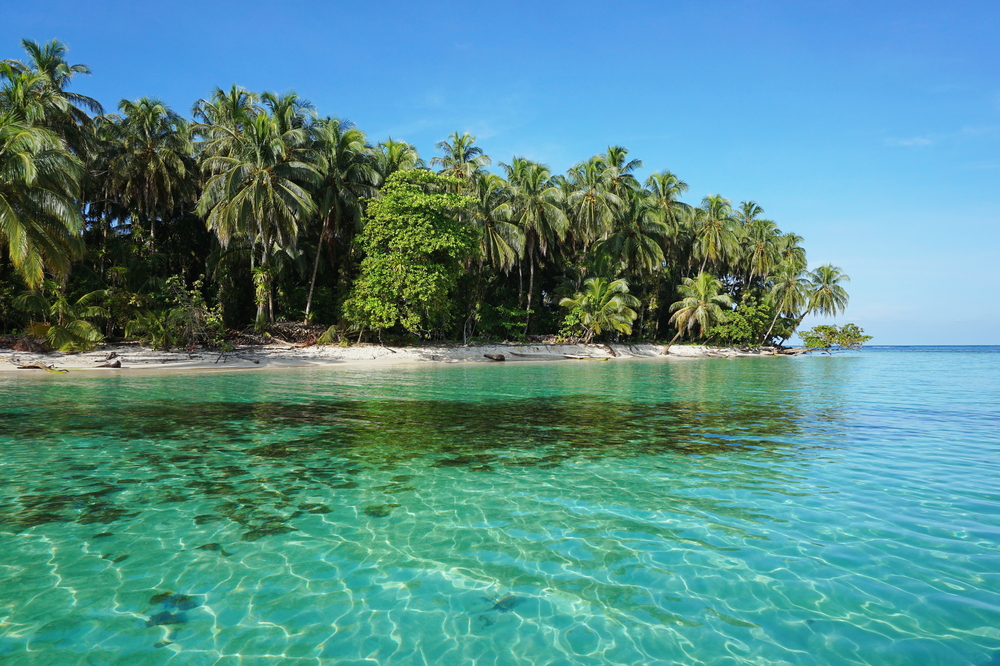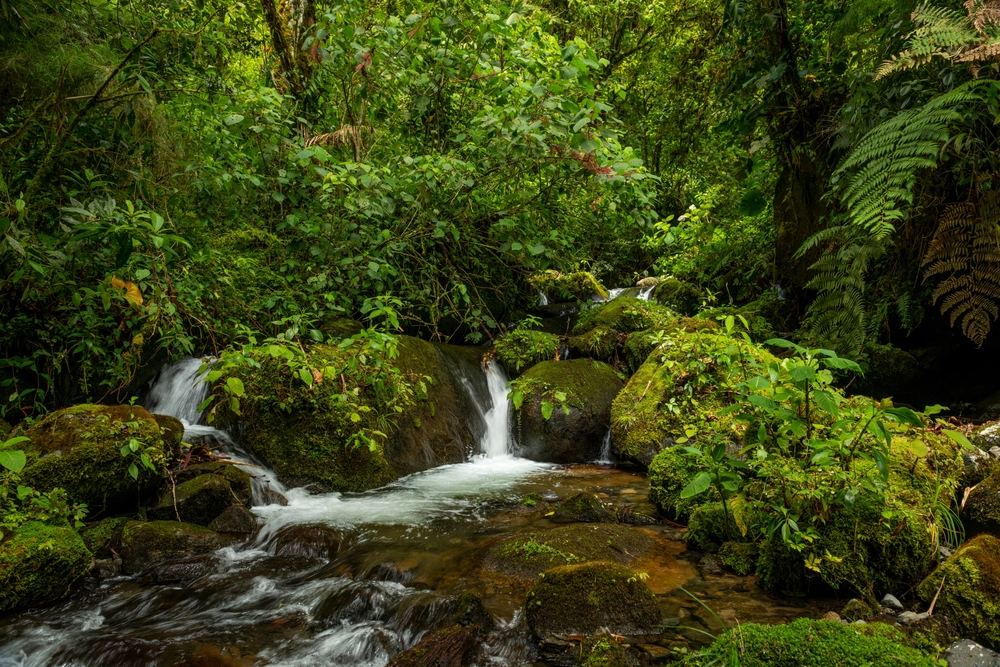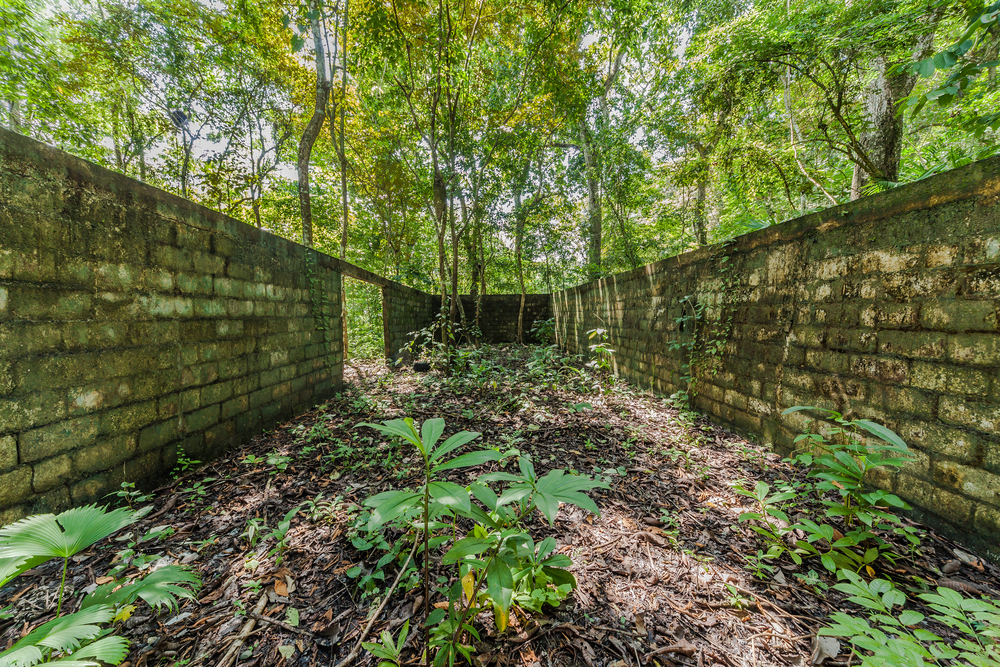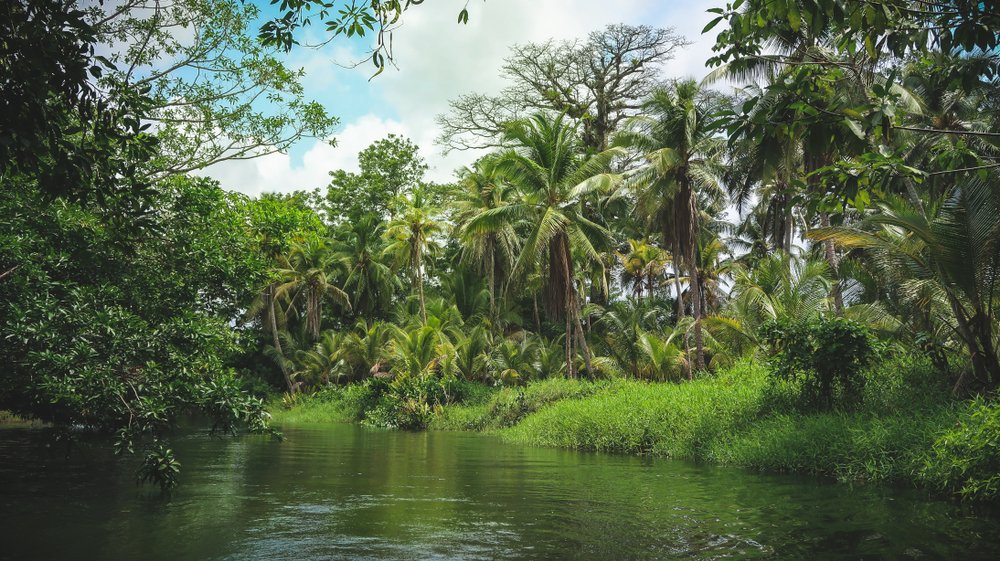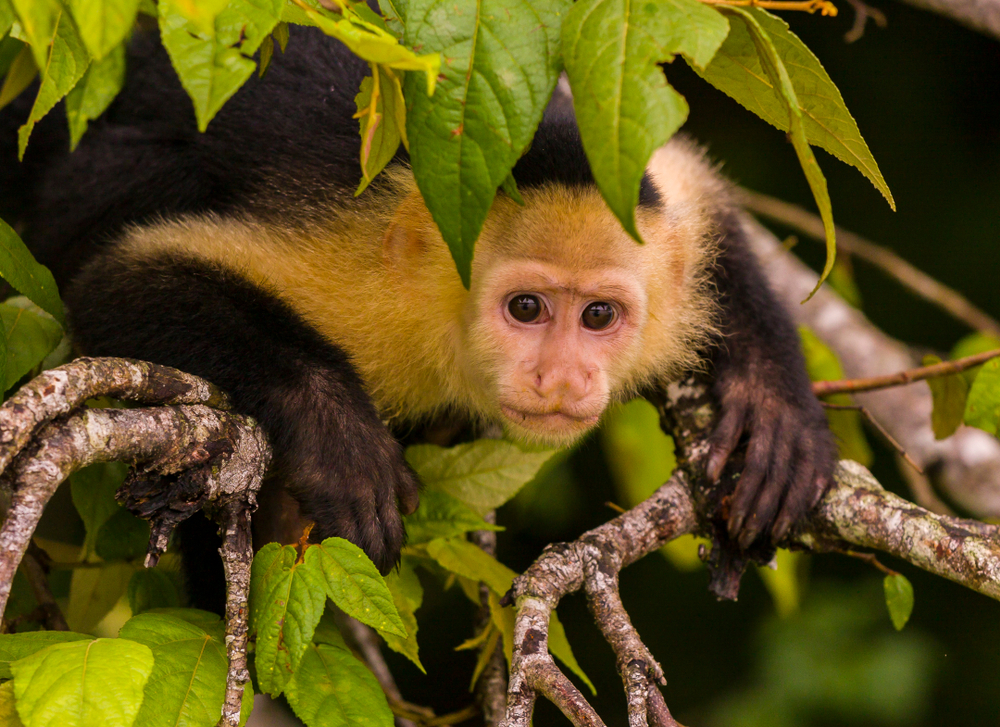Volcan Baru Overview
Volcán Barú National Park, known locally as Parque Nacional Volcán Barú, is a protected area in western Panama. Covering approximately 54 square miles (140 square kilometers), it is home to Panama’s highest peak, Volcán Barú, which rises to an impressive 11,401 feet (3,475 meters) above sea level.
The park is situated in the Chiriquí Province, near the town of Boquete, a well-known destination for adventure seekers and nature lovers. The volcanic origins of the park have shaped a unique and rugged landscape, creating a diverse array of ecosystems ranging from lush cloud forests to dry tropical forests, making it one of the most ecologically significant areas in Central America.
The terrain of Volcán Barú National Park is defined by steep slopes, deep valleys, and rocky outcrops, all remnants of past volcanic activity. The summit of the volcano provides a rare opportunity for visitors to witness both the Pacific Ocean and the Caribbean Sea on a clear day, a breathtaking experience unique to this location.
The park features a range of vegetation, from lowland tropical forests dominated by species like guayacán and balsa trees to high-altitude cloud forests filled with moss-covered branches and towering oak and laurel trees. Bromeliads, orchids, and ferns are abundant, adding vibrant colors to the landscape. The park’s diverse microclimates support a rich variety of plant life, some of which are endemic to the region.
The wildlife of Volcán Barú National Park is as diverse as its plant life. It is an important habitat for numerous mammal species, including the elusive jaguar, ocelot, and puma, as well as smaller creatures like coatis and agoutis. One of the park’s greatest attractions is its bird population, particularly the resplendent quetzal, a strikingly beautiful bird with iridescent green plumage and long tail feathers.
Birdwatchers also have the chance to spot bellbirds, trogons, and several species of tanagers. Due to its range of elevations, the park serves as a critical refuge for many bird species migrating between North and South America.
One of the most popular features of Volcán Barú National Park is the challenging hike to the summit of the volcano, an approximately 8- to 12-hour trek through diverse landscapes and ecosystems. The reward at the top is a panoramic view that, under the right conditions, stretches across both coastlines.
In addition to hiking, visitors can explore trails leading to waterfalls, such as the picturesque Lost Waterfalls, or take guided birdwatching excursions to spot the park’s renowned avian species. For those seeking a more relaxed experience, hot springs near the base of the volcano provide a natural and soothing retreat.
The park faces ongoing conservation challenges, including deforestation, agricultural expansion, and the effects of climate change. However, efforts by Panama’s National Environmental Authority and local conservation organizations have helped protect its biodiversity through habitat restoration projects, wildlife monitoring, and sustainable tourism initiatives.
Volcán Barú National Park remains one of the most significant protected areas in Panama, offering an extraordinary blend of adventure, natural beauty, and ecological importance.














































































